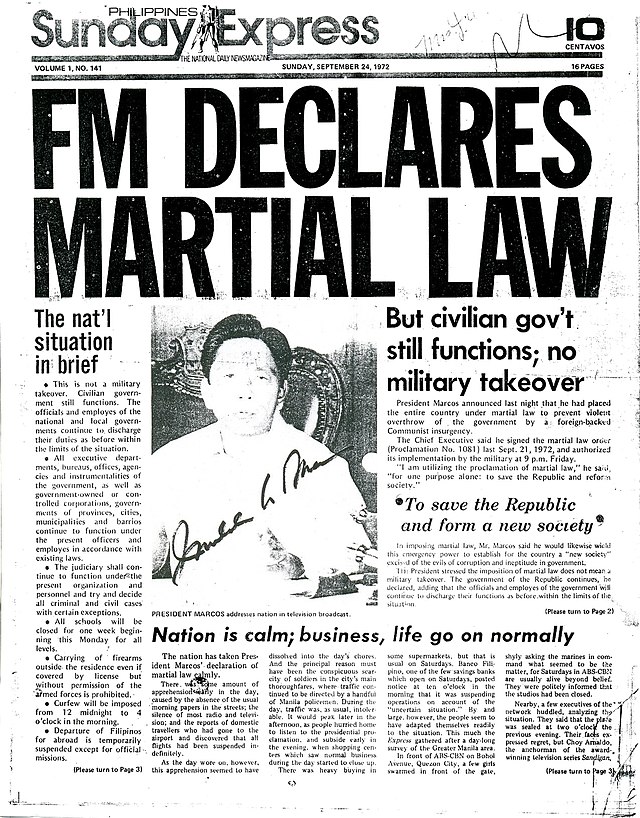4 Easy Facts About News Articles Shown
Table of Contents4 Easy Facts About News Articles Explained9 Easy Facts About News Articles DescribedGetting The News Articles To WorkThe 20-Second Trick For News ArticlesThe Facts About News Articles Uncovered
Great expertise of different topics provides students a competitive edge over their peers. Even though electronic and social media sites are conveniently accessible, we need to not forget how crucial it is to review the papers. Moms and dads must try and instill the habit of checking out a paper as a day-to-day regimen to proceed the legacy of the adored print medium.Information tales additionally contain at the very least one of the following crucial attributes loved one to the desired audience: distance, importance, timeliness, human passion, oddity, or effect.
Within these restrictions, news tales additionally intend to be extensive. Nevertheless, other factors are included, some stylistic and some acquired from the media type. Among the bigger and a lot more revered newspapers, justness and balance is a major consider presenting information. Discourse is normally confined to a different area, though each paper might have a various overall angle.
Papers with a global audience, for instance, have a tendency to utilize a much more official design of composing. The specific selections made by a news electrical outlet's editor or editorial board are typically collected in a design guide; common style overviews include the and the United States Information Design Publication. The main objectives of news writing can be summarized by the ABCs of journalism: precision, brevity, and quality.
How News Articles can Save You Time, Stress, and Money.
As a rule, journalists will certainly not utilize a lengthy word when a short one will do. News authors try to prevent using the same word extra than when in a paragraph (often called an "echo" or "word mirror").
Nevertheless, headings often leave out the topic (e.g., "Jumps From Boat, Catches in Wheel") or verb (e.g., "Feline woman fortunate"). A subhead (also subhed, sub-headline, subheading, caption, deck or dek) can be either a subordinate title under the major heading, or the heading of a subsection of the write-up. It is a heading that precedes the primary message, or a team of paragraphs of the major text.
of a post topic, source, or interviewee), it is referred to as a drawn quote or pull quote. Added signboards of any one of these kinds may show up later in the post (particularly on succeeding web pages) to tempt more reading. Journalistic internet sites sometimes use animation strategies to switch one signboard for an additional (e.g.
News Articles Can Be Fun For Anyone
Such signboards are additionally made use of as tips to the write-up in other areas check that of the publication or find more information site, or as promotions for the item in other publication or websites. News release of the Swiss federal government. Typical framework with title, lead paragraph (summary in strong), various other paragraphs (details) and contact info.

Example of a hard-lead paragraph NASA is proposing one more area project. The budget plan requests about $10 billion for the job.
The NASA news came as the company asked for $10 billion of appropriations for the job. An "off-lead" is the second crucial front page news of the day. The off-lead appears either in the leading left edge, or directly below the lead on the. To "bury the lead" is to start the post with history information or information of second significance to the viewers, requiring them to learn more deeply right into a short article than they must have to in order to discover the crucial points.
Not known Factual Statements About News Articles
Usual usage is that a person or 2 sentences each create their own paragraph. Reporters normally define the organization or structure of a newspaper article as an inverted pyramid. The crucial and most intriguing aspects of a story are put at the start, with sustaining information adhering to in order of diminishing importance.
It allows individuals to explore a subject to only the deepness that their inquisitiveness takes them, and my explanation without the imposition of information or nuances that they might think about unimportant, however still making that info offered to extra interested viewers. The inverted pyramid framework likewise makes it possible for articles to be trimmed to any arbitrary length during design, to suit the area offered.
Some authors begin their stories with the "1-2-3 lead", yet there are numerous kinds of lead offered. This style usually starts with a "5 Ws" opening up paragraph (as explained above), adhered to by an indirect quote that serves to sustain a major aspect of the first paragraph, and afterwards a straight quote to sustain the indirect quote. [] A twist can describe multiple things: The last tale current broadcast; a "satisfied" tale to finish the show.
Longer articles, such as publication cover posts and the items that lead the inside areas of a newspaper, are understood as. Feature stories vary from straight information in numerous ways.
Some Known Facts About News Articles.
An attribute's initial paragraphs usually associate an appealing moment or occasion, as in an "anecdotal lead". From the details of a person or episode, its sight swiftly broadens to abstract principles about the tale's topic.

The Editor's Toolbox: A Referral Guide for Beginners and Professionals (2001) Allan M. Siegal and William G. Connolly. The New York Times Manual of Style and Usage: The Authorities Design Overview Made Use Of by the Writers and Editors of the Globe's The majority of Authoritative Paper (2002) M. L. Stein, Susan Paterno, and R.